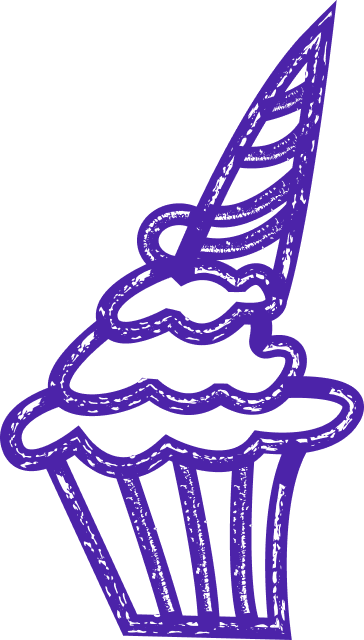
waterfall model
Waterfall Model: Sequential Software Development Lifecycle
The purpose of the waterfall model is to provide a systematic and organized approach to software development. It aims to ensure that each phase of the project is completed before moving on to the next, emphasizing thorough planning, requirements gathering, design, implementation, testing, and deployment. The waterfall model is suitable for projects where requirements are well-defined and unlikely to change significantly throughout the development process. It's like a step-by-step process that guides the project from inception to delivery.
The waterfall model consists of several distinct phases, typically including requirements gathering and analysis, system design, implementation, testing, deployment, and maintenance. Each phase has well-defined objectives, deliverables, and dependencies on the preceding phase. The waterfall model assumes a linear and sequential progression, where each phase must be completed in its entirety before moving on to the next. It's like a cascading waterfall, with the progress flowing steadily downward from one phase to the next.
The waterfall model offers several characteristics that make it advantageous in certain project scenarios. It provides a clear and structured framework for project planning, allowing for upfront estimation of time, resources, and costs. The sequential nature of the waterfall model helps in establishing well-defined milestones and deliverables, facilitating effective project management and client communication. It also enables comprehensive documentation, as each phase produces artifacts that serve as a foundation for subsequent stages. The waterfall model is often used in projects with stable and predictable requirements, where changes are less likely to occur. It's like a well-orchestrated symphony, with each phase playing its part to deliver the final composition.
However, it's important to note that the waterfall model has limitations. Its sequential nature makes it less flexible and adaptable to changes that may arise during the development process. If requirements evolve or new insights emerge, it can be challenging to accommodate these changes once a phase is completed. The waterfall model also assumes that all requirements can be gathered upfront, which may not always be feasible or accurate. Additionally, the linear progression may lead to long feedback loops, potentially delaying the detection of issues until later stages. It's essential to carefully evaluate the suitability of the waterfall model for each project and adapt it accordingly.
In conclusion, the waterfall model provides a structured and sequential approach to software development, ensuring well-defined phases and deliverables. It offers advantages in project planning, milestone management, and comprehensive documentation. So, let's appreciate the value of the waterfall model in certain project scenarios, leveraging its strengths to deliver successful and well-structured software solutions.
Fun fact: Did you know that the waterfall model has its origins in manufacturing and construction? The concept of sequential and structured progression can be traced back to these industries, where a linear flow of activities ensures proper planning, coordination, and completion of projects. The waterfall model applied these principles to the software development process, providing a structured framework that has been widely adopted and adapted in the industry.
Here's a fun fact about the waterfall model: it was first described in a 1970 paper by computer scientist Winston W. Royce as a flawed approach to software development that should be replaced by a more iterative process.
Let’s build your next digital product — faster, safer, smarter.
Book a free consultationWork with a team trusted by top-tier companies.








